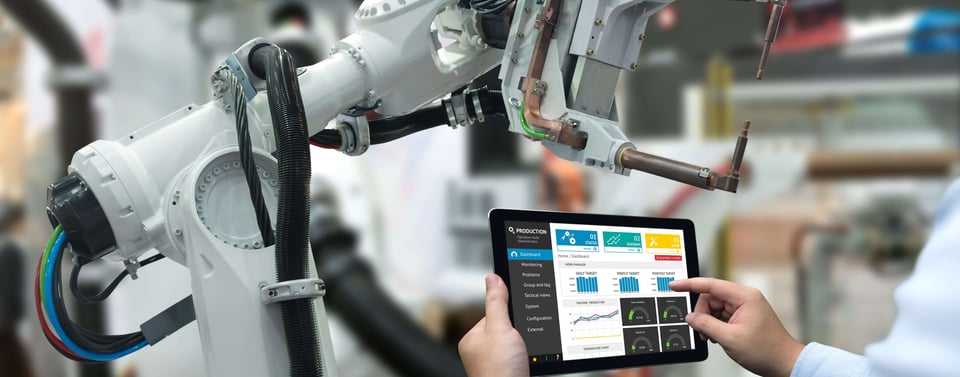
Digital engineering is an elusive concept founded in the technological transformation impacting the AEC sector. The conversation surrounding digital engineering could be seen as a response to increasing complexity in the industry. New technologies, building materials, tools, techniques, and stakeholders’ expectations have introduced new factors into the production process. Together they present a novel and diverse set of challenges.
Digital engineering, in its most general sense, marks a new approach to innovation and lifecycle management. This is enabled by these advances in technology. However, it isn’t simply the uptake of new technologies but a concerted effort to use them to unlock greater value across the entire lifecycle of a capital asset.
Moving Beyond BIM
Many understand digital engineering as BIM (Building Information modelling) incorporated in the delivery and management of buildings and infrastructure assets. While this clearly doesn’t encapsulate the extent of digitization in the industry, 3D modeling was, at a point, the most comprehensive example of design and development in a digitized environment.
BIM allows us to create models that support the design, construction, and future operational function of buildings and infrastructure to optimize their whole-life performance. However, as argued by Scott McGovern of Laing O’Rourke, “there are now too many tools and processes to just put them in a ‘BIM bucket.’”
The technology now at our disposal expands beyond BIM. As Crown House Technologies put it, “digital engineering is much more than creating models. It’s about unlocking knowledge and stimulating insight, creating data and a platform for true project collaboration.”
In this sense, digital engineering represents the meeting of emerging technologies to capture insights. It can also be used to develop innovative solutions in a digital environment to improve project outcomes.
By this definition, digital engineering is a multidisciplinary field. According to Cognizant, encompasses the methodologies, utility, and process of creating new products end-to-end. It leverages data and technology to produce improvements to applications – or even entirely new solutions – all underpinned by traditional engineering.

New Skills
As our digital capabilities expand, it makes sense that the engineering skills required do also. Nowadays, digital engineers need to not only understand a much broader scope of technology but be able to implement it. They need to be capable of training others and ensuring that information captured adds value to the project.
Ray O’Rourke, chairman of Laing O’Rourke, argues that “tomorrow’s engineer will be defined by their ability to integrate innovative engineering approaches, digital technologies, and rich data.” Along with 3D modeling, construction, and design management, this new generation of digital engineers need skills in data science, systems integration, IT, project management, and strategy.
Although these digital processes represent a significant part of the construction process, there is a very clear skills gap.
General awareness of emerging technologies is not enough. We need people who can create an implementation strategy of digital tools in the real world of construction. This then needs to be applied to the construction process. It needs to be implemented in a way that is useful, robust, and aligned with industry development.
Education and solid leadership will play a pivotal role in addressing this issue. Experts will need to be upskilled. Traditional education for young people will need to be supplemented with relevant digital skills and knowledge of information systems.

Unlocking Value with Data
This digital and data-driven approach to engineering will only be truly useful with effective data management. This means data must be allowed to flow seamlessly throughout the asset lifecycle and beyond. The integration of data at all stages will allow for the most efficient method of delivery and better collaboration.
Data capture and handling are essential in developing accurate virtual models. These can be used to test the performance of a design in real-time – including, cost, materials, time, and environmental impact. In this regard, digital engineering at its best can take us through a building or systems lifecycle to better understand how early decisions affect operational performance.
Of course, the ability to unlock the power and various functions of data are dependent on the engineers. It is not just the implementation but the execution that will impact a project’s processes and add value.

Final Thoughts
Digital Engineering lacks a universal definition. However, it can be viewed as a more informed and collaborative way of working supported by a central data source. It is facilitated by technological advancements and digital processes to enable more productive methods of planning, designing, operating, and maintaining assets.
Through data capture and integration, it seeks to add value to a project at delivery and beyond. It offers the whole supply chain a more holistic view of a project’s objectives.
Ultimately, the processes involved in digital engineering are continuously evolving, and the development of disruptive technologies will always persist. As such, digital engineering, what it entails, and the skills required will always be in flux and reflection of the environment.
Asite Insights in your inbox.
Sign up for product news and our latest insights published monthly. It's a newsletter so hot, even global warming can't keep up.


